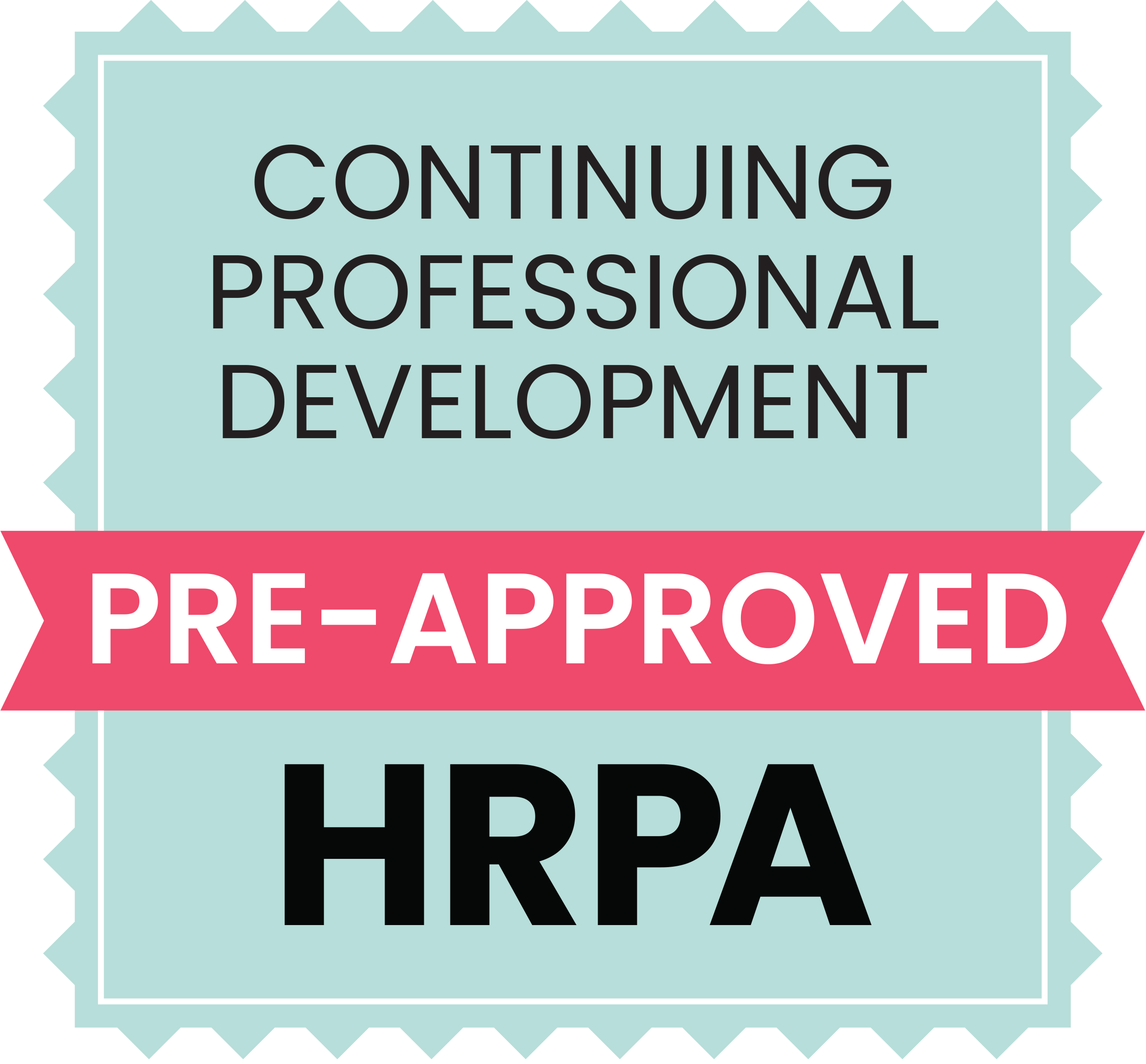Wednesday, April 19, 2023
Introductory remarks by Co-Chairs – 9:00 a.m. – 9:10 a.m.
Paving the Path to Gender Equity: Exploring recent caselaw, contract clauses, and legislation
In this panel, experts will discuss caselaw addressing workplace harassment, discrimination, and pay equity, examine emerging trends in remedies, and explore significant legislative updates related to gender equity. Panelists will also canvass emerging contract language promoting workplace equity in the areas of sex, sexual orientation, gender identity and expression, and family status. Final selection of topics takes place in the weeks leading up to the conference, ensuring coverage of the latest and most important developments. The speakers and materials for this session will address the following questions, among others:
- How have adjudicators acknowledged sex- and gender-based barriers in recruitment, retention, and advancement? What aspects of hiring and promotion processes have weighed in favour of, or against, a finding of discrimination? What principles can be drawn from recent cases in which adjudicators found, or declined to find, that employer policies or actions had a discriminatory impact on employees because of pregnancy or family status?
- What trends in discipline and remedies are discernible in recent caselaw addressing workplace sexual harassment and gender-based discrimination? What aggravating and mitigating factors have impacted adjudicators’ decisions?
- How have courts and adjudicators applied the Ontario Pay Equity Act in recent cases? What principles can be drawn from the Court of Appeal’s decision in Ontario Nurses’ Association v. Participating Nursing Homes regarding the proxy method and the Divisional Court’s decision in Ontario Nurses’ Association v. 10 Community Care Access Centres holding that employers are not statutorily required to bargain pay equity?
- Where the Ontario Pay Equity Act does not directly apply, what factors have influenced a determination of whether gender-based pay discrimination has occurred? For example: What factors were determinative in the Court of Appeal decision in Ontario (Health) v. Association of Ontario Midwives that upheld a finding of gender discrimination and a retroactive wage increase for Ontario midwives? On what basis did the court find in Ontario English Catholic Teachers Association v. His Majesty that Bill 124 did not violate Charter equality rights?
- Has progress on closing the gender pay gap been made in Ontario? in Canada? Are recent cross-country legislative reforms — such as the introduction of the federal Pay Equity Act, the introduction of pay equity legislation in Newfoundland, and consultations regarding pay transparency measures in British Columbia — indicative of a growing commitment to pay equity?
- What key legislative reforms have been introduced that are intended to further gender equity at work? For example: What are the implications of Canada’s recent ratification of the international Violence and Harassment Convention, 2019 (C190)? Is legislation such as the newly introduced U.S. Pregnant Workers’ Fairness Act and Providing Urgent Maternal Protections for Nursing Mothers Act necessary in Canada? What amendments to the federal Employment Equity Act relating to gender and sexual orientation are being considered in the course of the legislation’s ongoing review?
- How can employers and unions modify contract language to promote workplace equity in the areas of sex, sexual orientation, gender identity and expression, and family status? For example: What changes should be made to leave, benefits, training, recruitment, retention, and advancement provisions?
- Does the recent certification of class action proceedings related to workplace sexual harassment and discrimination signal an increasing potential for success in pursuing these claims on a systemic scale?
Break 10:40 a.m. – 10:55 a.m. ET
Lessons from the past for the post #MeToo Workplace
Peggy Nash
Senior Advisor and Chair of the Advisory Committee of the Centre for Labour Management Relations at the Ted Rogers School of Management at TMU
In a post #MeToo and post “because it’s 2015” environment, we assume that workplaces are gender equal and respectful. Yet all too often we hear about continuing challenges with gender biases and outright harassment in the workplace. Ongoing problems in the RCMP capture headlines, but they are far from alone as institutions struggling to make progress. Women continue to drop out of jobs, giving up because they just don’t believe that they are valued or that they want to continue to push back against the barriers they face. While we have made significant progress, many organizations still struggle to find solutions. However, there are some lessons to be learned from workplaces that have been grappling with these issues for decades.
Break 11:40 a.m. – 11:55 a.m.
One Size Does Not Fit All: Fashioning non-discriminatory dress code policies
Employers are entitled to establish workplace dress codes in accordance with the operational needs of the organization. In doing so, however, employers must ensure that dress code policies comply with the Ontario Human Rights Code. In this panel, experts will examine the development of dress code policies in light of employees’ personal preferences and religious obligations, discussing the following:
- What are best practices for employers when developing workplace dress code policies? What are best practices for employers and unions when addressing an employee’s non-compliance with dress code policies?
- What recent human rights complaints have resulted from workplace dress code policies?
- When developing dress code policies, what lessons can Canadian employers learn from employers in other jurisdictions?
- What are best practices in crafting dress code policies that use gender-inclusive language? How have organizations incorporated gender-neutral and inclusive dress code policies into their workplaces?
- What guidance has the Ontario Human Rights Commission issued for employers in industries which tend to have gender-specific or “sexualized” dress code policies?
- When, if ever, can an employer ask an employee to remove religious attire to comply with a workplace health and safety policy? What are other aspects of dress code policies that may intersect with health and safety concerns?
- To what extent can an employer dictate the grooming habits of its employees? In what circumstances, if any, can an employer restrict the use of make-up or jewelry, or the visibility of tattoos and body modifications, in the workplace?
- What should employers consider when mandating dress code policies for remote workers?
End of Micro-Conference – 12:45 p.m.

This program has been approved for 3.5 Continuing Professional Development hours under Section A3 of the Recertification Log of the Human Resource Professionals Association.

This program has been approved by CPHR Alberta for 3.5 Continuing Professional Development hours.
- Members of the Law Society of New Brunswick may consider this program for 3.5 Continuing Professional Development hours.
- Members of the Law Society of Ontario may consider counting this program for 3.5 substantive hours.











